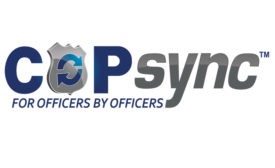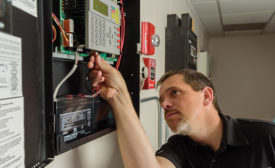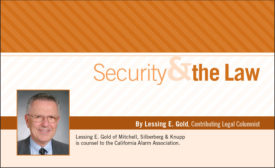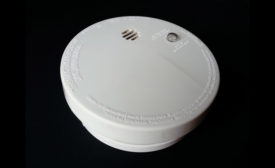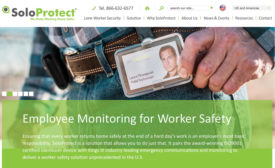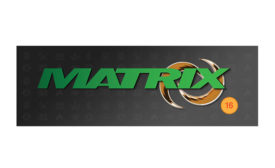Life Safety & Fire Alarm
Easing the Fear of Fire With Technology
Changes in fire panel and notification technologies can help users do more with fire, and boost integrator sales.
June 1, 2016
PERS Goes Mobile
What dealers getting into the mobile personal emergency response system (mPERS) business should know about the market, the technology and what’s required to support it.
May 5, 2016
Honeywell Helps Security Pros Adapt to Increasingly Connected Customers at ISC West
ISC WEST 2016
April 5, 2016
Be in the forefront of security intelligence when you receive SDM.
Join over 10,000+ professionals when you subscribe today.
SIGN UP TODAY!Copyright ©2024. All Rights Reserved BNP Media.
Design, CMS, Hosting & Web Development :: ePublishing
